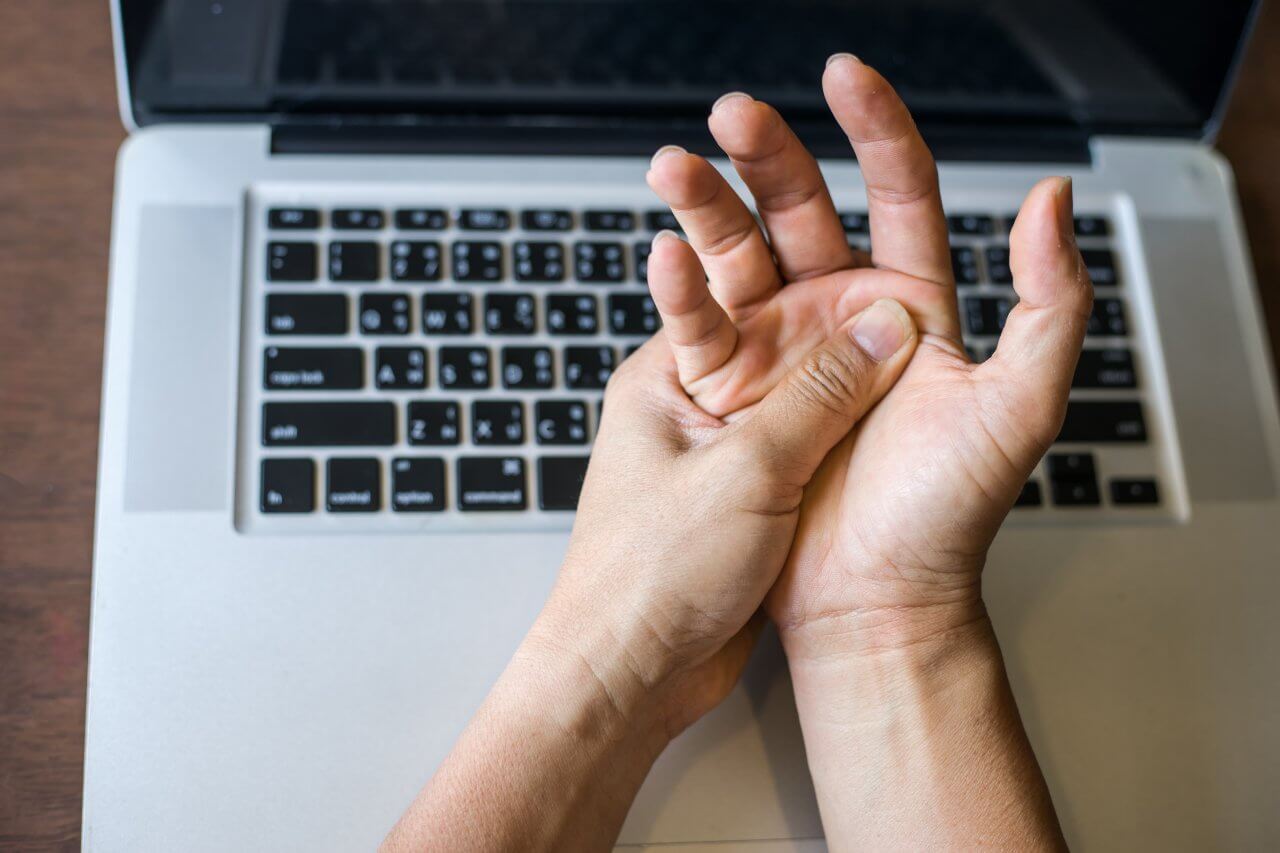Pronation vs Supination: Causes, Symptoms and Treatments

As you walk or run, your feet “roll” from side to side a bit with each stride. This movement is called pronation, and there is an optimal degree of it. If you overpronate or underpronate (also called supination), these mechanical problems can, over time, cause injuries. And, because the feet are the foundation that supports your body when you are upright, overpronation and supination can have a ripple effect, causing issues in your knees, hips, and back.
Pronation vs Supination
What is overpronation of the foot?
Overpronation is when the arch of the foot collapses excessively downward. This causes the foot to roll too far toward your centerline. Overpronation can result in a number of injuries including:
- Iliotibial (IT) band syndrome (an inflammation of a ligament on the outside of the knee)
- Stress fractures in the foot or lower leg
- Shin splints
- Heel pain
- Achilles tendonitis
- Bunions
- Plantar fasciitis
- Chronic lower back pain
- Patellofemoral pain syndrome
Pronation causes include flat, flexible feet with little or no arch. Pregnancy, obesity and regularly running long distances can also cause or intensify overpronation. Signs that you overpronate include:
- No clear space between your foot and the floor where your arch should be
- For runners, more tread wear on the inner part of your shoes
- Footprints that show a connection between your heel and toes that is the full width of your foot (this should be about half the width of your foot)
Treatment for overpronation may include wearing more supportive shoes, wearing orthotics and doing exercises to strengthen your arches and the surrounding muscles.
What is supination of the foot?
Supination (or underpronation) is when your weight rolls onto the outer edges of your feet rather than slightly inward as it should. This results in you pushing off with your smaller toes at the end of your stride rather than with the ball of your foot and big toe. Excessive supination can cause:
- Ankle injuries
- Knee stress and pain
- Back and hip pain
- Plantar fasciitis
Supination causes include having an inherited problem with your foot structure. It can also be caused by weak muscles in your foot, ankle or leg that result from wearing tight, rigid shoes, or prior damage to the tendons or muscles of the foot. Indicators that you supinate include:
- Shoe wear that is focused on the outer edges
- Little or no arch visible when you make a footprint
- Frequent ankle sprains
People don’t realize the importance of correct biomechanical function and the multitude of effects that improper biomechanics can have on the entire body. Some people are able to compensate for these issues and remain completely asymptomatic, however many patients have foot, knee, hip, and back issues which are actually perpetuated by poor foot function and they never know it. The importance of a thorough foot and ankle biomechanical evaluation can make a profound impact on a patient’s life.
Learn More About Supination Causes and Treatment Options
Treatment for supination includes wearing lightweight everyday shoes with plenty of room for your toes, wearing running shoes designed for supinators and using orthotic insoles to correct underpronation. Analyzing and improving your foot strike can have a positive impact throughout your body. Learn more about treatment options and prevention methods with Baptist Health.



